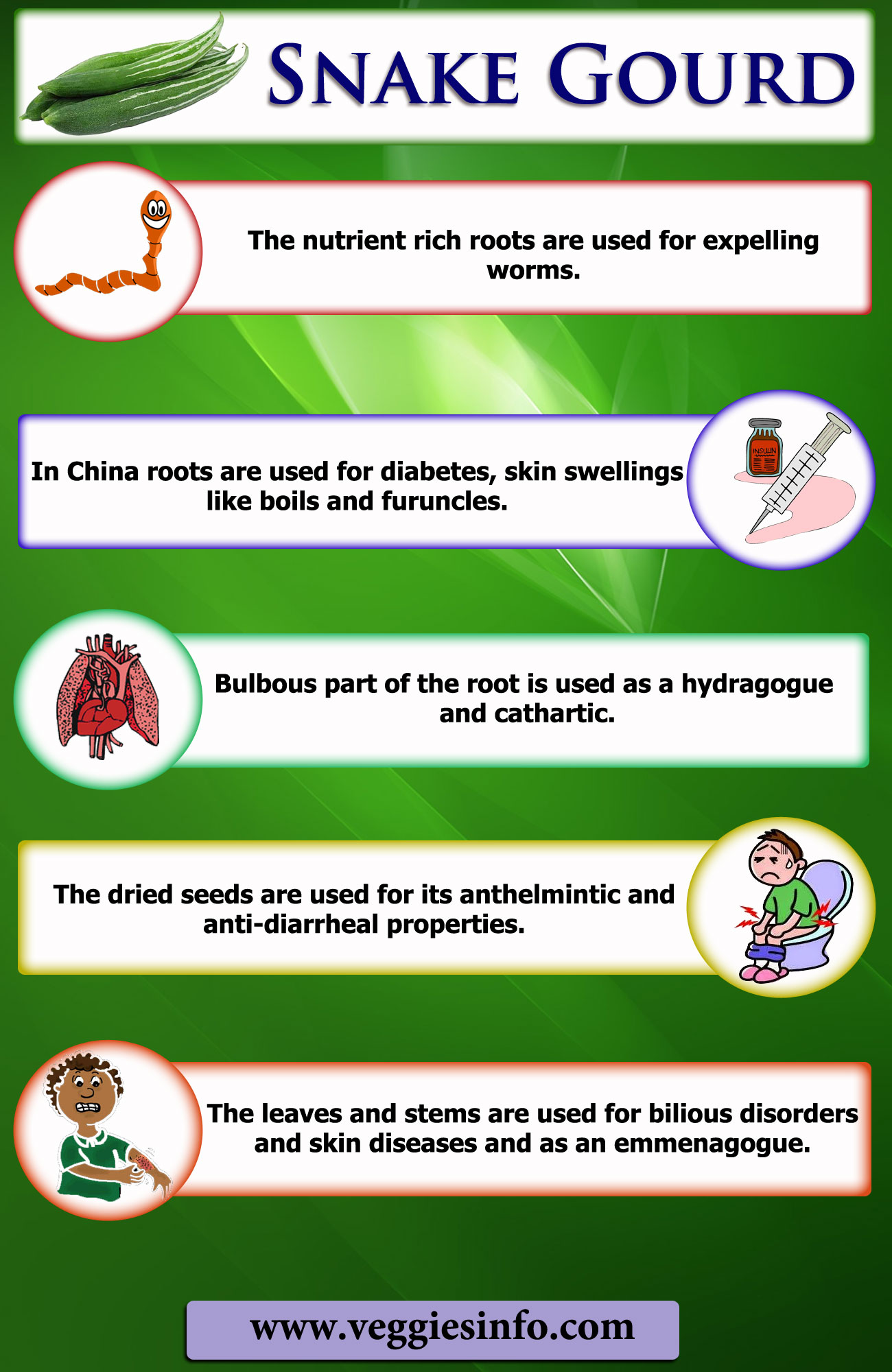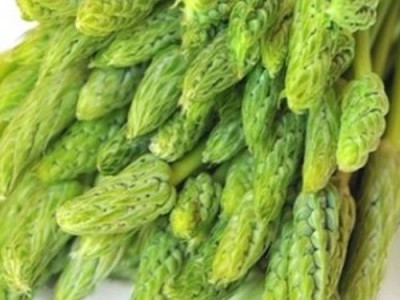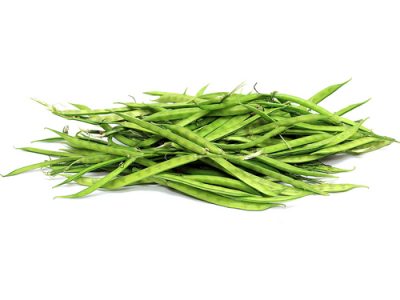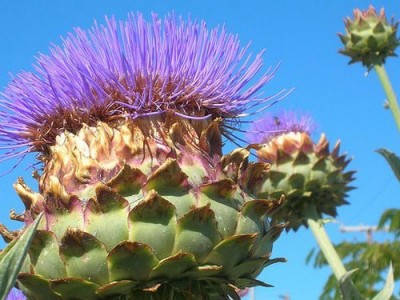
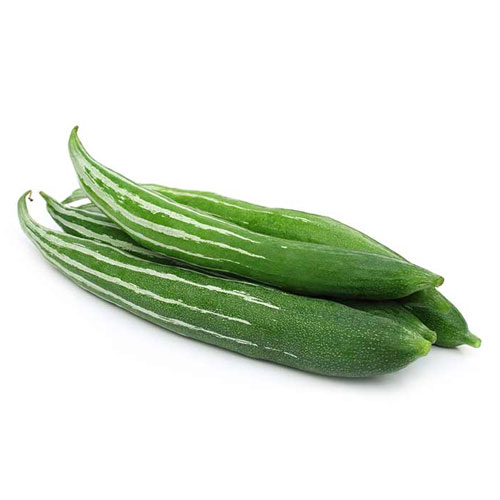
Snake Gourd Medicinal Uses And Its Growth
Snake gourd
Plants and trees take care of themselves and also take care of the other species around them by feeding fruits, leaves and vegetables. They have motherly attitude and sacrifices its life for the welfare of the society till they depart from this planet. Physicians and nutritionists around the world are advising everyone to add green leaves and vegetables in their palate either cooked or raw. This topic will deal with a plant named snake gourd which is a very popular vegetable in India, especially in South India. The botanical name of this plant is Trichosanthes cucumerina which is tropical or sub-tropical vine.
Found In
South Indians use snake gourd in their cuisine at least twice or thrice a week. In India the vegetable markets will be flooding with snake gourd. This plant is mainly found in the wild across India, Bangladesh, Nepal, Pakistan, Sri Lanka, Indonesia, Malaysia, Burma, and southern China. This plant is also regarded as native in northern Australia. Snake gourd is naturalized in Florida, parts of Africa and on various islands in the Indian and Pacific Oceans. The other common names of this famous plant are serpent gourd, chichinda and padwal.
Growth Of Snake Gourd
Snake gourd is an annual vine climbing by means of tendrils. Leaves are palmate lobed and are 25 cm long. Flowers are unisexual, white, opening at night, with long branching hairs on the margins of the petals. These hairs are curled up in the daytime when the flower is closed, but unfurl at night to form a delicate lacy display. Fruits can be up to 200 cm long, deep red at maturity, hanging below the vine. The snake gourd has got a elongated fruit which reach up to 150 cm in length. This popular plant of Asia is also becoming popular in Africa since Africans grow this plant in home gardens. The unpleasant odor emanating from the immature fruit will disappear as soon as it is cooked.
The fruits become too bitter at the time of maturity and become unpalatable. Africans use the reddish pulp as a substitute for tomatoes. The shoots, tendrils, leaves can also be consumed as greens. There are two types variants namely cultivated variant and wild variant. The snake gourd is a member of the pumpkin family and as the name implies the fruits are long, slender and wriggly like a snake.
Medicinal Uses Of Snake Gourd
The leaves, shoots, fruits and seeds have lots of medicinal properties,
- Snake gourd is rich in nutrients and minerals and should be consumed regularly.
- The nutrient rich roots are used for expelling worms.
- In China roots are used for diabetes, skin swellings like boils and furuncles.
- Fresh root has anti-convulsant activity.
- Bulbous part of the root is used as a hydragogue and cathartic.
- Root is abortifacient, alexiteric, anthelmintic, anti-septic, astringent, diuretic and emetic.
- The leaves of snake gourd are rich in medicinal properties.
- The leaf juice is rubbed over the whole body in remittent fevers.
- Dried leaf has anti-spasmodic property.
- An infusion of tender shoots and dried capsules is aperient, and the expressed juice of the leaves is emetic.
- The leaves and stems are used for bilious disorders and skin diseases and as an emmenagogue.
- Leaf is alexiteric, astringent, diuretic and emetic.
- The fruits have lots of medicinal properties. The fruit is considered to be anthelmintic.
- The dried capsules are given in infusion or in decoction with sugar to assist digestion the fruit a very violent purgative and an efficient emetic.
- The seed is said to be cooling.
- The dried seeds are used for its anthelmintic and anti-diarrheal properties.
- The seeds have anti-bacterial, anti-spasmodic, antiperiodic and insecticidal properties.
- It is used as abortifacient, acrid, aphrodisiac, astringent, bitter and febrifuge. So, it is proved beyond doubt that snake gourd is a very useful plant.
| Principle | Nutrient Value |
|---|---|
| Calories | 22 |
| Total Fat | 0 g |
| Saturated | 0 g |
| Polyunsaturated | 0 g |
| Monounsaturated | 0 g |
| Trans | 0 g |
| Cholesterol | 0 mg |
| Vitamin A | 2% |
| Vitamin C | 8% |
| Sodium | 8 mg |
| Potassium | 90 mg |
| Total Carbs | 3 g |
| Dietary Fiber | 0 g |
| Sugars | 0 g |
| Protein | 1 g |
| Calcium | 3% |
| Iron | 1% |


